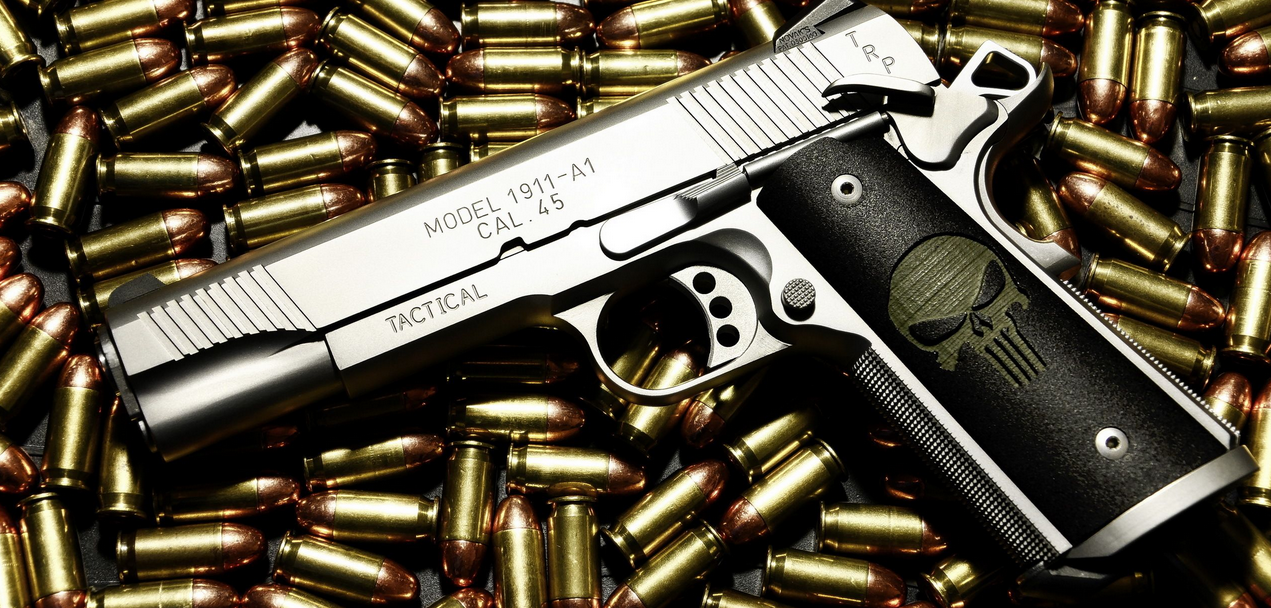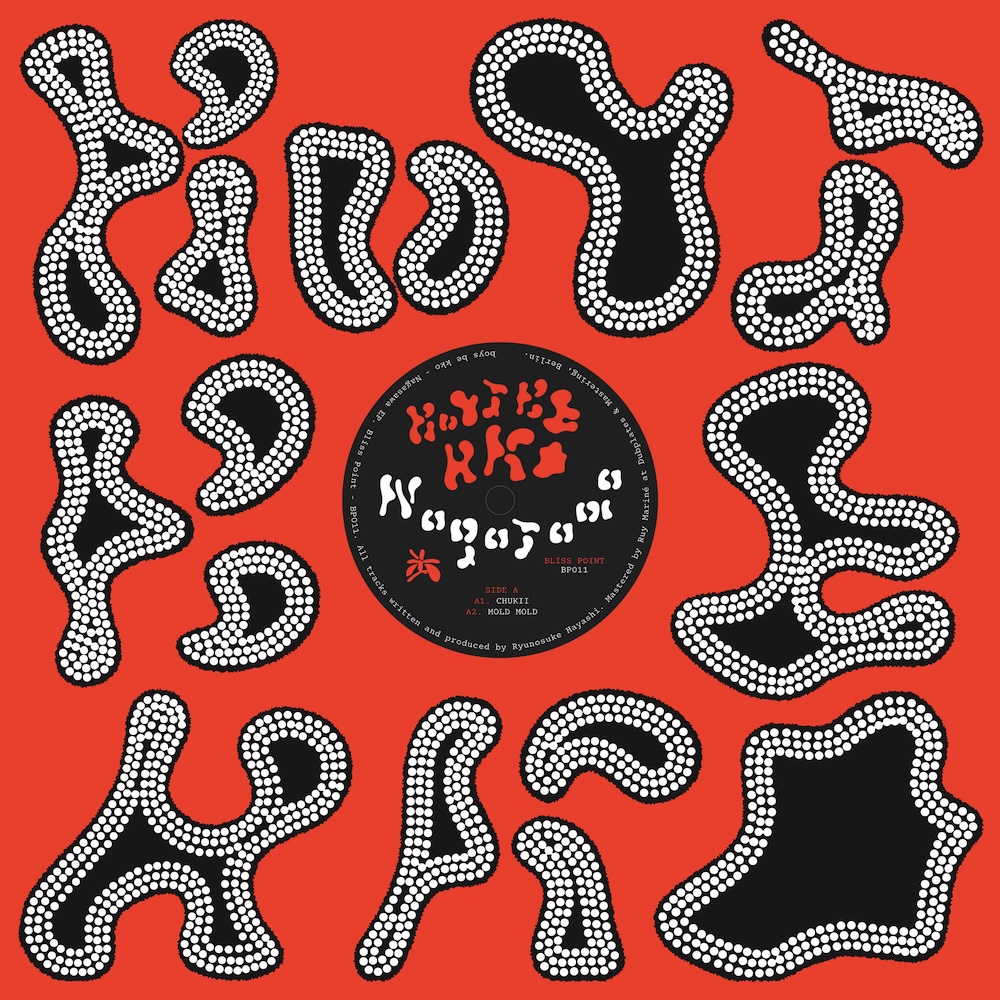RANSOM STATS #4 – Who’s gun is it anyway?

Who's gun is it anyway?
This week the UN voted overwhelmingly to regulate the global weapons trade – worth roughly 70 billion – but where are all these weapons going and is the problem getting better or worse.
Sadly the answer to the latter is worse. Take the USA – the no 1 country for gun ownership and also the largest exporter of arms in the world – in figures released by the FBI at the beginning of this year we can see that 2,495,440 gun background checks were initiated in January alone. That's the second highest number since records began in 1998, and is topped only by December 2012's figures, which reached a staggering peak of 2,783,765 alarmingly in response to the Newtown school shooting and the debate around tightening gun controls. Pretty troubling statistics when you consider the last war fought on US domestic soil was World War 2 – if you count the Aleutian Islands in Alaska and occupied Guam – and the Civil War in 1861 if you don't.
So the USA are running home with the gold but who's bringing up the field behind them? In the world of export the big five suppliers during the five-year period 200812 were The United States (30 per cent of global arms exports), Russia (26 per cent), Germany (7 per cent), France (6 per cent) and China (5 per cent). The good news for us Brits is this is the first time the UK has been out of the top five since 1950, the earliest year covered by SIPRI (Stockholm International Peace Research Institute) data. The bad news is we still come in a very close and shameful 6th.
But where are all these guns going? Well the vast majority are heading out to developing countries. In the period 200812 Asia and Oceania accounted for a whopping 47 per cent of global imports of major conventional weapons. The top five importers – India (12 per cent of global imports), China (6 per cent), Pakistan (5 per cent), South Korea (5 per cent), and Singapore (4 per cent) – were all in Asia.
As for gun ownership, again the US top the charts with roughly 3550 per cent of the world's civilian-owned guns according to The Small Arms Survey conducted in 2007, although this data is flawed with some key nations missing, including Russia, China and Afghanistan. Yemen surprisingly comes in second. Check out the full stats here.
So all in all, not a great outlook. With the overall volume of international transfers of weapons growing by 17 per cent between 200312 here's hoping a bit of regulation can go a long way.
Check out sipri databases for a whole host of facts and figures on your favourite arms producing county and just how bad they really are.
Ian Pither (Ransom Statistician)


















Must Reads
David Holmes – Humanity As An Act Of Resistance in three chapters
As a nation, the Irish have always had a profound relationship with the people of Palestine
Rotterdam – A City which Bounces Back
The Dutch city is in a state of constant revival
Going Remote.
Home swapping as a lifestyle choice
Trending track
Vels d’Èter
Glass Isle
Shop NowDreaming
Timothy Clerkin
Shop Now